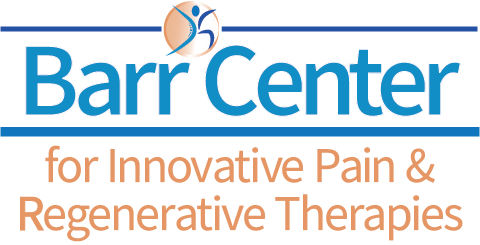It is the inflammation of the large bursa located on the upper, outer region of the thigh bone (femur) called the greater trochanter. It is an attachment point for rotator muscles that move the hip joint. The bursa overlying the trochanter can become irritated, resulting in hip bursitis (trochanteric bursitis). It can affect anyone, but is more common in women and middle-aged or elderly people. It is less common in younger people and in men.
Where is the Trochanteric Bursa located?
How does the Trochanteric Bursa become inflamed? It can become inflamed from friction, direct trauma or overuse/Repetitive stress to include: Running, walking, cycling and prolonged standing or sitting.
Other conditions that can cause trochanteric bursitis:
- Hip injury. An injury or sustained pressure to the Trochanteric region of your hip:
- Fall onto your hip
- Bump your hip on the edge of a table
- Lying on one side of your body for an extended period of time
- Spine issues that typically alter body mechanics and the way the individual walks
- Leg-length inequality. Irritation of a hip bursa can occur with leg length discrepancies which affect the way you walk.
- Rheumatoid arthritis. Increases the risk of inflammation in the bursa
- Bone spurs or calcium deposits which can develop within the tendons that attach to the trochanter and irritate the bursa causing inflammation.
- Tears or inflammation of tendons (gluteus medius or gluteus minimus) which attach to that site
- Posture/gait: Any problems in the limb that alter gait or joint mechanics
What are the symptoms of Trochanteric Bursitis? The main symptom of hip bursitis is pain over the trochanter (point) of the hip extending over the upper/outer region of your thigh. Pain is typically localized in the hip region, but it can radiate to the groin and knee. In the early stages, the pain is usually described as sharp and intense around the hip or lateral thigh. Later, it may feel like a diffuse aching.
Typically, the pain is worse:
- At night when lying on the affected hip
- When getting up from a chair after being seated for a while
- During prolonged walking, stair climbing, or squatting.
How is Trochanteric Bursitis diagnosed?
- X-rays
- MRI(magnetic resonance imaging) can also identify bursitis
- Musculoskeletal Ultrasound
How is Trochanteric Bursitis treated?
Your provider will do a thorough evaluation, ask about your symptoms and examine the affected region.
- Modification of activities—avoiding the activities that worsen symptoms
- Use of nonsteroidal anti-inflammatory drugs (NSAIDs)
- Use NSAIDs cautiously and for limited periods. Talk with your doctor about the NSAIDs you use.
- Use of a walking cane or crutches for a week or more when needed
- Physical Therapy
- Instruction in how to stretch your hip muscles and use other treatments such as ice,
- Corticosteroid injections with a local anesthetic performed under Ultrasound guidance.
- This is an injection into the bursa. Typically long lasting relief is achieved when combined with lifestyle changes. If pain and inflammation do return, another injection may be considered.
- Surgical intervention
- Surgery is rarely needed for hip bursitis. If the bursa remains inflamed and painful after all nonsurgical treatments have been tried, your doctor may recommend surgical removal of the bursa. Removal of the bursa does not hurt the hip, and the hip can actually function normally without it.
How can Trochanteric Bursitis be prevented?
Avoidance of behaviors and activities that inflame the bursa will help to prevent the occurrence of hip bursitis. Avoid repetitive activities that put stress on the hips. These include, but are not limited to:
- Maintaining proper weight. Lose weight if needed to decrease stress on the hip joint and the bursa.
- If there is a leg length difference, wear an appropriate fitted lift in your shoe
- Exercise regularly to maintain strength and flexibility of the hip muscle.
- Optimize your gait mechanics.
Can the Barr Center Help You with Hip Pain Relief?
Call us at 757-578-2260 or email us at Info@BarrCenter.com to get started on relieving your hip pain. To learn more about the anatomy of the hip and the causes of hip pain, visit our blog articles below for more information.
Learn More
Other pain management conditions we treat are: Neck Pain, Shoulder Pain, Back Pain, and Knee Pain. We often use Regenerative Medicine and Physical Therapy in our treatments.



